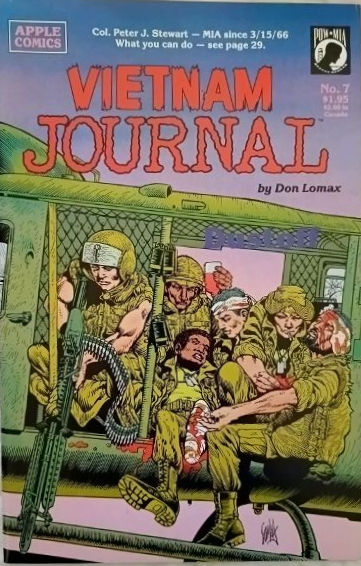The New Calculus: Analyzing Airpower's Changing Role in Joint Theater Campaigns (1993) By Christopher Bowie, Fred L. Frostic, Kevin N. Lewis, John Lund, David Ochmanek, Philip Propper
The collapse of the Soviet Union has transformed the nature of America's "strategic problem." This provides both an opportunity and a need to reexamine U.S. military forces with an eye toward designing a posture suited to the nation's needs in the post–Cold War period. The new emphasis in U.S. military planning on regional conflicts is an appropriate starting point that presents several challenges, including numerous potential locales, smaller forward deployments, short warning times, long deployment distances, and increasingly lethal weapons in the hands of adversaries.
This report's main objective is to evaluate the capabilities of U.S. forces for achieving key operational objectives in future major regional conflicts. In particular, it focuses on means of improving airpower's potential capabilities in the context of joint operations. We recognize that the capabilities of ground- and sea-based forces can be enhanced by new operational concepts and technologies and have highlighted some relevant areas. But we did not explore the full range of options for improving army and naval forces in the same depth.
In conducting this analysis, we first examined the broad outlines of future U.S. national military strategy and a range of potential military threats to U.S. interests. We then developed a number of scenarios involving a major regional conflict between U.S./allied and enemy forces. Employing these scenarios, we simulated the deployment and employment of a joint U.S./allied force to estimate the length of time required to achieve key operational objectives. This approach provides a quantitative and operationally realistic means for comparing various operational strategies and modernization programs in terms of their impact on the U.S. ability to achieve these objectives.
- Soft Cover
- 85 pages
- In Good Condition






























